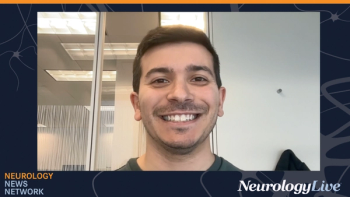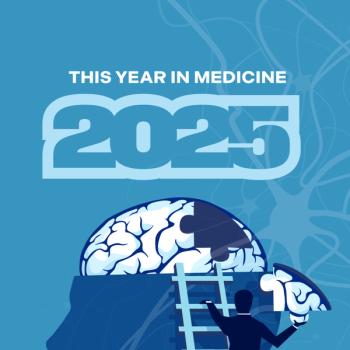A new cross-sectional study presented at the 2024 SLEEP Annual Meeting, held June 1 to 5, in Houston, Texas, showed that many pediatric patients with epilepsy experience sleep disturbance and poor sleep quality, and that a significant proportion of these attempted self-help strategies to improve sleep. The results underscore the importance of managing sleep in this patient population and suggests the need for additional research into the efficacy of specific self-help strategies for sleep in children and adolescents with epilepsy.1
Among 75 children and adolescent patients with epilepsy aged 1 to 17 years (mean age, 10.29 years), only 17 (22.7%) of them had a nighttime sleep efficiency greater than 85%. Notably, patients' average total score of the Children's Sleep Habits Questionnaire (CSHQ) was 52.31 (±7.46), otherwise considered a moderate to severe sleep disturbance.
Conducted by senior author Shao-Yu Tsai, PhD, RN, School of Nursing, College of Medicine, National Taiwan University, and colleagues, participants were recruited from a university-affiliated hospital between July 2022 and November 2023 in Taipei, Taiwan. Patients wore an actigraph on their wrist for a week while parents of the patients concurrently completed a sleep diary to document the utilization of self-help strategies for sleep during the same period. Authors used the CSHQ to obtain parent-reported sleep in the participants and used independent samples t-test to analyze the data.
READ MORE: Understanding the Root of REM Behavior Disorder and Other Parasomnias
Top Clinical Takeaways
- Pediatric patients with epilepsy may often experience significant sleep disturbances and poor sleep quality.
- A variety of self-help strategies, such as listening to music or stories and reading books, can be employed by the parents to improve sleep.
- No statistically significant differences were reported in sleep efficiency and quality between those who used self-help strategies and those who did not.
Additional findings showed that 41.3% (n = 31) of the parents reported using self-help strategies to help their children and adolescents sleep. The strategies used to assist for sleep included listening to music or stories (n = 14, 18.7%), reading books (n = 13, 17.3%), accompany (n = 6, 8%), relaxation techniques (n = 2, 2.7%), feeding (n = 2, 2.7%), and giving teething toys (n = 2, 2.7%). Authors noted no statistically significant differences observed in sleep efficiency and CSHQ scores between the patients who used self-help strategies for sleep and those who did not (P >.05).
It has been documented in literature that children and adolescents living with epilepsy experience more sleep issues compared with their healthy peers. Investigators noted that these sleep issues not only negatively effect their development and quality of life but they also pose challenges for the effective management of epilepsy.
In a previous study published in Epilepsia Open, findings showed that pediatric patients with epilepsy and their parents had a high rate of sleep difficulties. Parents of pediatric patients aged 1 to 7 years with epilepsy (n = 48) completed the CSHQ, the Pittsburgh Sleep Quality Index (PSQI) and the Iowa Fatigue Scale (IFS) in relation to their own functioning. The collected responses of parents of pediatric patients with epilepsy were then compared with parents of developmental-, age-, and gender-matched children with nonepilepsy-related neurodisability (n = 48).2
Researchers reported no significant difference in the proportion of pediatric patients with epilepsy and patients with neurodisability scoring in the at-risk range on the CSHQ (81% vs. 71% respectively; P = 0.232). In the pediatric epilepsy group, authors noted that child behavioral problems (P = .001) were independently associated with child sleep difficulties and maternal mental health problems were associated with parental sleep difficulties (P = .04) and fatigue (P = .018).
Click here for more coverage of SLEEP 2024.
REFERENCES
1. Wu PY, Weng WC, Tsai SY. Self-Help Strategies for Sleep in Children and Adolescents With Epilepsy. Presented at: 2024 SLEEP Annual Meeting; June 1-5; Houston, Texas. Abstract 0852.
2. Reilly C, Atkinson P, Memon A, et al. Child and parental sleep in young children with epilepsy: A population-based case-control study. Epilepsia Open. 2018;3(3):383-391. Published 2018 Jul 8. doi:10.1002/epi4.12241





















